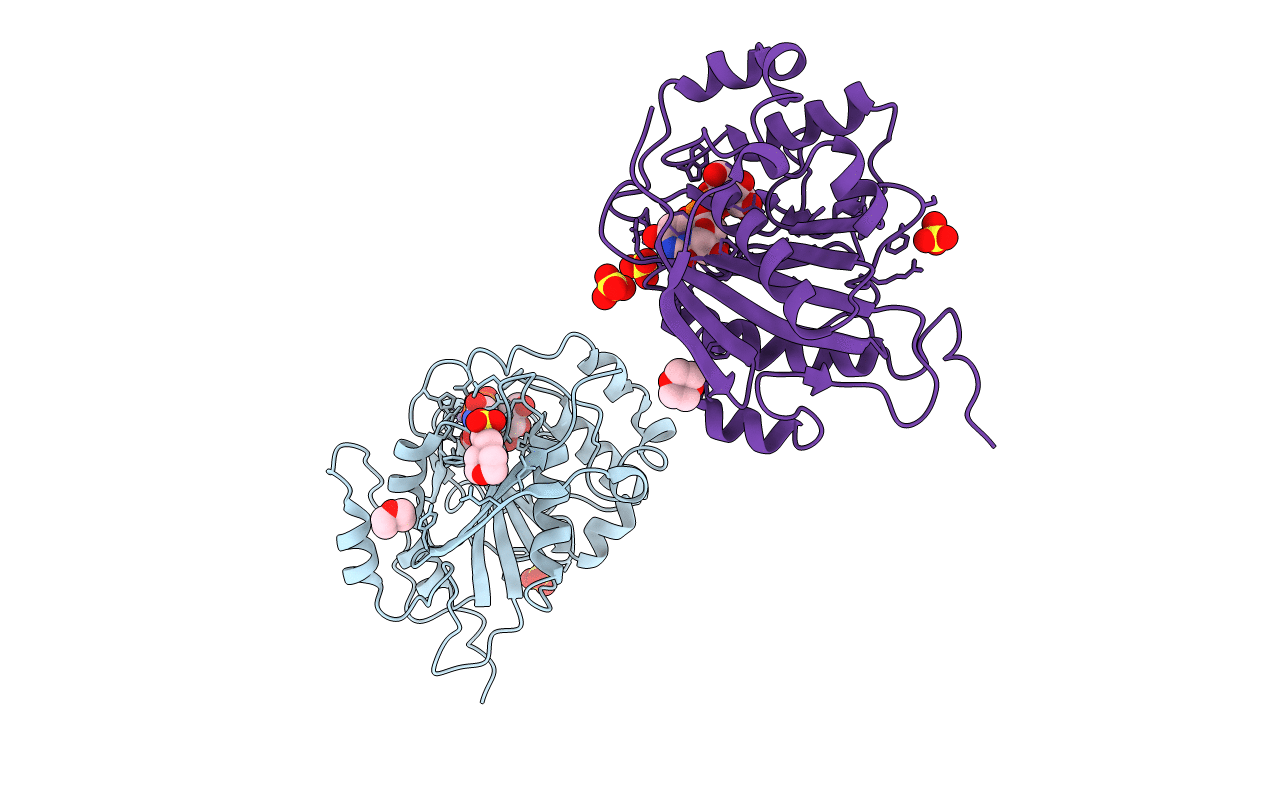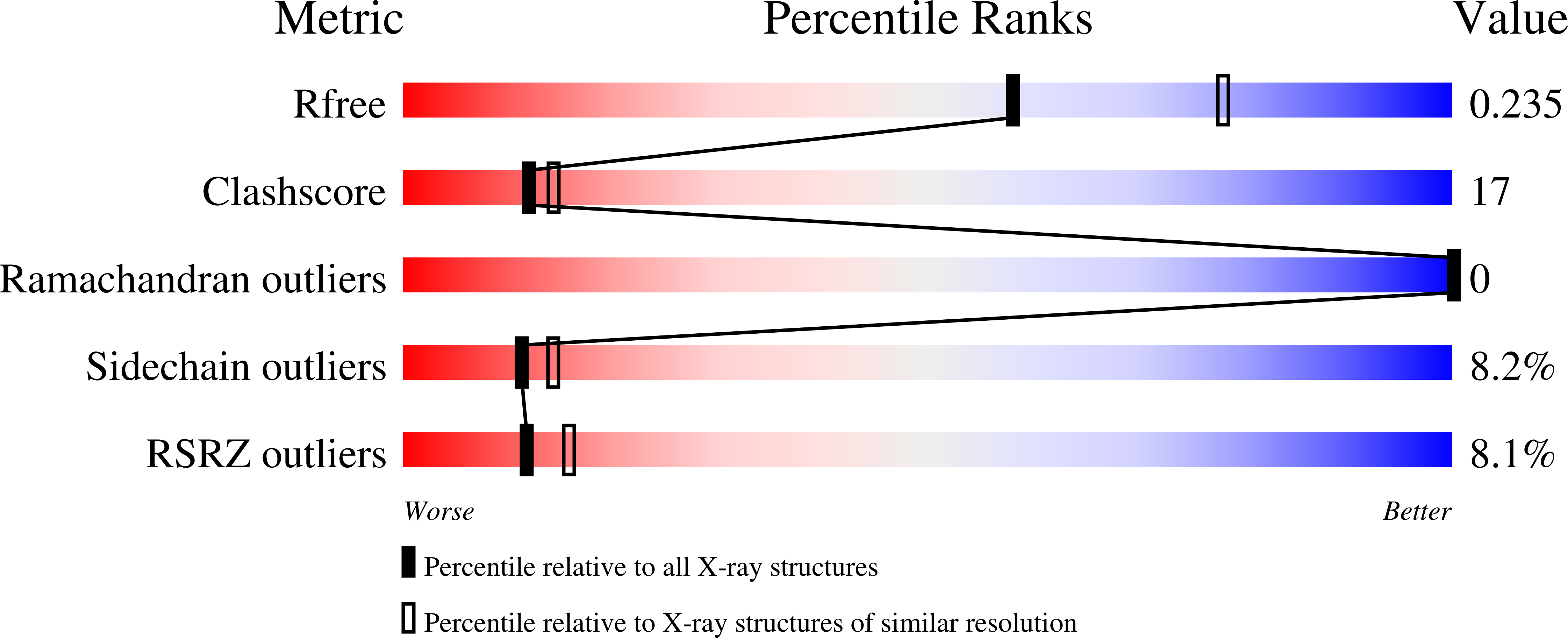
Deposition Date
2003-02-24
Release Date
2003-03-04
Last Version Date
2024-10-16
Entry Detail
PDB ID:
1O0R
Keywords:
Title:
Crystal structure of the catalytic domain of bovine beta1,4-galactosyltransferase complex with UDP-galactose
Biological Source:
Source Organism:
Bos taurus (Taxon ID: 9913)
Host Organism:
Method Details:
Experimental Method:
Resolution:
2.30 Å
R-Value Free:
0.25
R-Value Work:
0.20
R-Value Observed:
0.20
Space Group:
P 21 21 21


